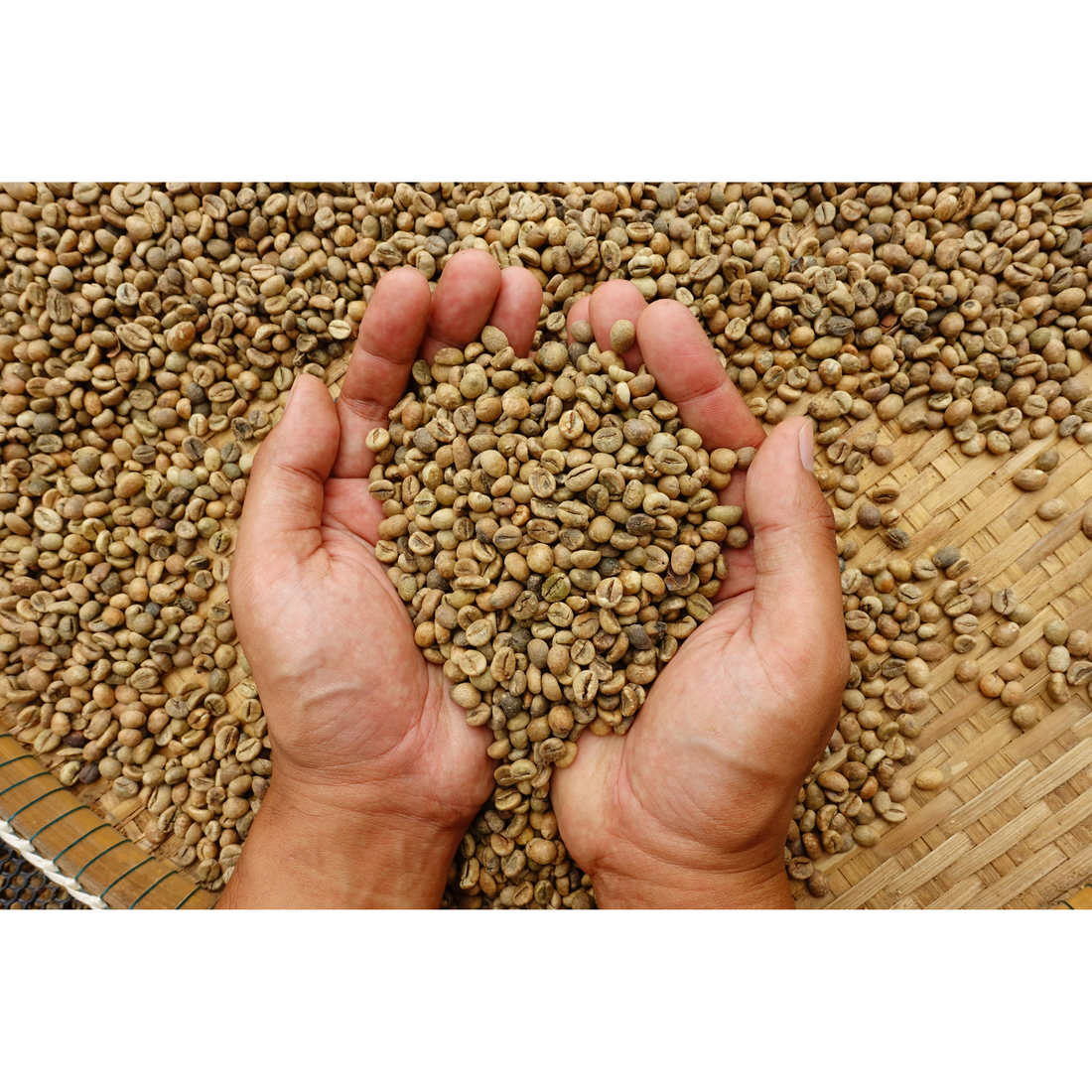There are several processes for coffee beans, each of which can have a significant impact on the taste and characteristics of the coffee. The three main processes are:
Washed process: In this method, the coffee cherries are first sorted and then passed through a pulping machine to remove the outer fruit layer. The beans are then washed in water to remove any remaining fruit, and finally dried. This process is known for producing coffee with a cleaner and brighter taste profile.
Natural process: This process involves leaving the coffee cherries intact and allowing them to dry in the sun. The outer fruit layer shrinks and dries around the bean, and is then removed by a hulling machine. This process is known for producing coffee with a fruity and full-bodied taste profile.
Honey process: This process is a hybrid of the washed and natural processes. After the coffee cherries are pulped, the beans are left to dry with some or all of the sticky fruit pulp still attached. The amount of pulp left on the bean can range from white (fully washed) to yellow, red, or black (honey). This process is known for producing coffee with a sweeter and more complex taste profile.
Each of these processes can be further refined or modified to produce specific flavor profiles, and variations can also occur due to factors such as climate, altitude, and soil conditions.

